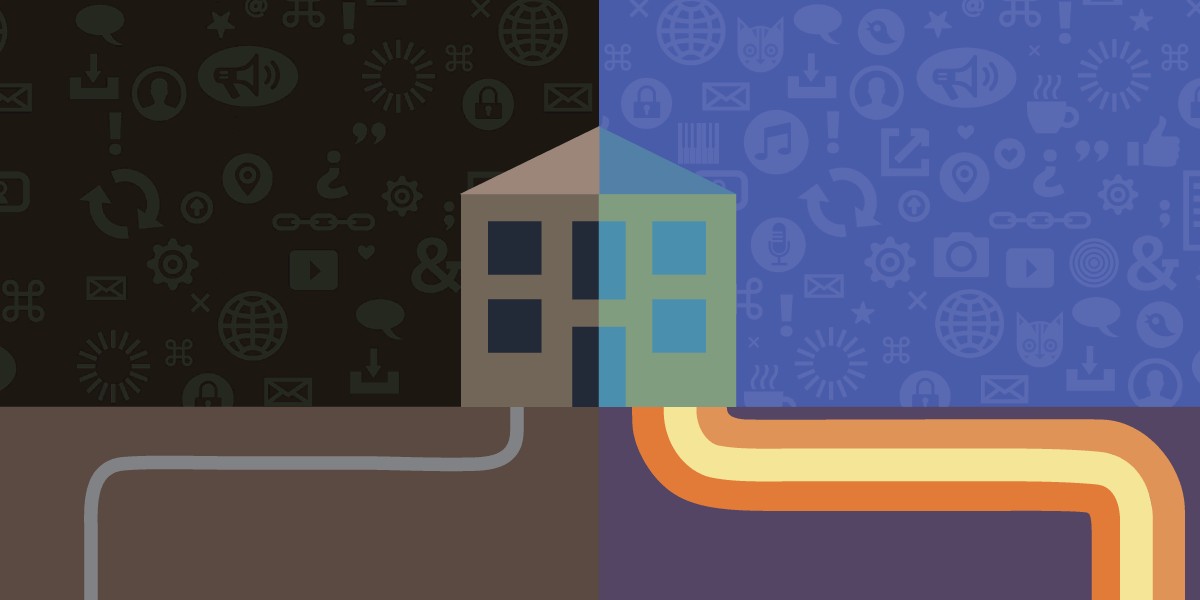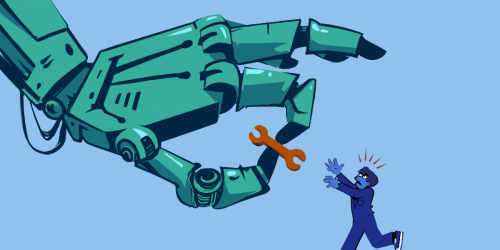New year, new Congress, but the problems of Internet access remains. If anything, the longer the COVID-19 crisis continues, the stronger the case for fast, affordable, Internet for all becomes. And so, an updated version of the Accessible, Affordable Internet for All Act has been introduced. It remains a bold federal program that will tackle broadband access in the same scale and scope the United States once did for water and electricity.
EFF supported the first introduction of this legislation and we enthusiastically support it today after its updates. Most changes simply reflect past COVID-19 provisions that have already been enacted into law such as the Emergency Benefit Program, a program that ensures people are not disconnected due to a lack of income caused by the pandemic. But its most noteworthy updates are the preferences for open access and a minimum speed metric of low latency 100/100 Mbps, which inherently means fiber infrastructure will play a key role. By adopting these standards—along with a massive investment of federal dollars—Congress can reshape the market to be competitive, universally available, and affordable.
It Is Time to End the Digital Divide by Extending Fiber to Everyone
The digital divide isn’t about whether you have access to a certain speed like 25/3 Mbps, which is the current federal standard that is effectively useless today as a metric to measure connectivity, it is about what infrastructure has been invested into your community. Is that infrastructure robust, future-proofed, and competitively priced? If the answer to any of these is no, then you have folks that are not able to fully utilize the Internet and they sit on the wrong side of the divide.
As EFF noted in 2019, the fact that major industry players were slow-rolling or shutting down their fiber to the home deployments, even in major metropolitan areas where really no excuse exists to not wire everyone, was a danger sign. It meant that future-ready access was no longer on track to being universally deployed except through local governments and small private providers who lack the finances to do it nationally. At the beginning of the pandemic in 2020 as the stay-at-home orders were coming in, we pointed out that the digital divide failures we will see are going to be prominent in areas that lack ubiquitous fiber infrastructure.
The pandemic demonstrated what that means in terms of real dollars to the government support systems. In areas where fiber was not present, millions of dollars had to be burned to give people temporary mobile hotspots with spotty coverage. Whereas communities with fiber providers got things like free fast Internet from both public and small private fiber providers. In fact, while the federal government is subsidizing broadband access as high as $50-$75 a month, Chattanooga’s EPB is able to deliver via fiber 100/100 mbps at just $3 a month in subsidy cost.
Why Fiber? Because It Is Unequivocally Future-Proofed
We focus on fiber optic infrastructure because it is the universal medium that is unifying all of the 21st century-based communications networks. Low earth orbit satellites, 5G, next-generation WiFi, and direct wireline connections that seek to deliver ever-increasing speeds are all dependent on fiber. Demand for data has never waned, but rather has consistently grown for decades at an average rate of 21 percent per year, meaning if you are in a community that is not deploying fiber, which is decades ahead of the demand curve, you will run into capacity problems.
We see these capacity problems already in the legacy infrastructure, namely copper and cable, as they get more expensive to operate yet can only deliver obsolete connection speeds with lots of restrictions. We detailed why this is happening in our technical piece that explains why different broadband networks yield different results in connectivity. But really the evidence is clear when increased usage of an essential service is being met with upload throttling and data caps instead of just delivering the service to meet demand. It is why subsidizing or propping up legacy networks is actually going to be more expensive than investing in fiber infrastructure in the long run.
This is the reality that many Americans are all too familiar with and why we must pass this bill. If we do not, it is a certainty that we will continue to talk about the digital divide in perpetuity. But that is a choice now facing Congress and you need to make sure your legislator is on board. If we figured out how to get an electrical line to every house, there really is no reason we can’t do that with a fiber line.










